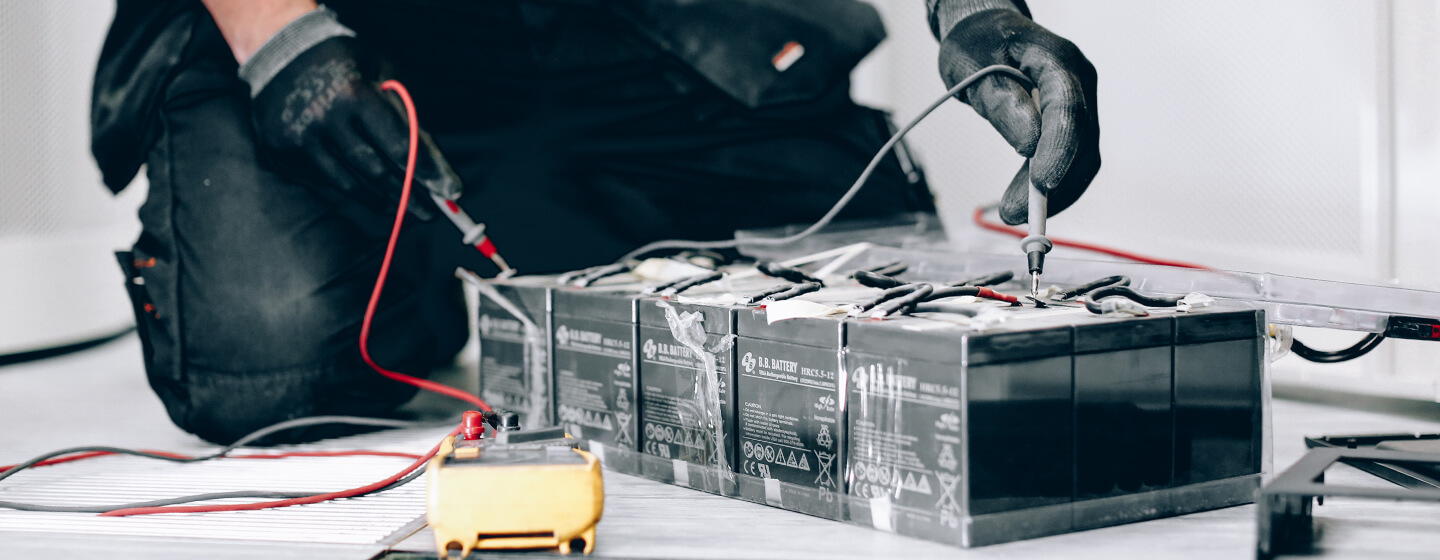Impedance Testing

Impedance Testing
Almost any battery problem will lead to an increase in internal impedance. Recorded at regular intervals, impedance testing will track battery condition and enable accurate end-of-working-life prediction for individual cells, so batteries can be replaced before they cause a critical power protection failure.

OVERVIEW
Carried out manually by an engineer or automatically via a battery monitoring/management system such as Ajaeb Al Mass’s PowerNSURE, a battery impedance test is a way of predicting future battery failure.
An electrical current is passed through each battery in turn and a measurement is taken. The internal impedance of each battery is then calculated, logged in a table and plotted on a graph.
Over a battery’s life, its internal impedance rises until it reaches a level defined by the battery manufacturer as being critical for that battery type. The individual battery, or set of batteries, should then be replaced. By comparing the internal impedance values with the others, and with those obtained at the last site visit, those batteries with rising impedance values can be identified and replaced before complete failure occurs.
No products were found matching your selection.
